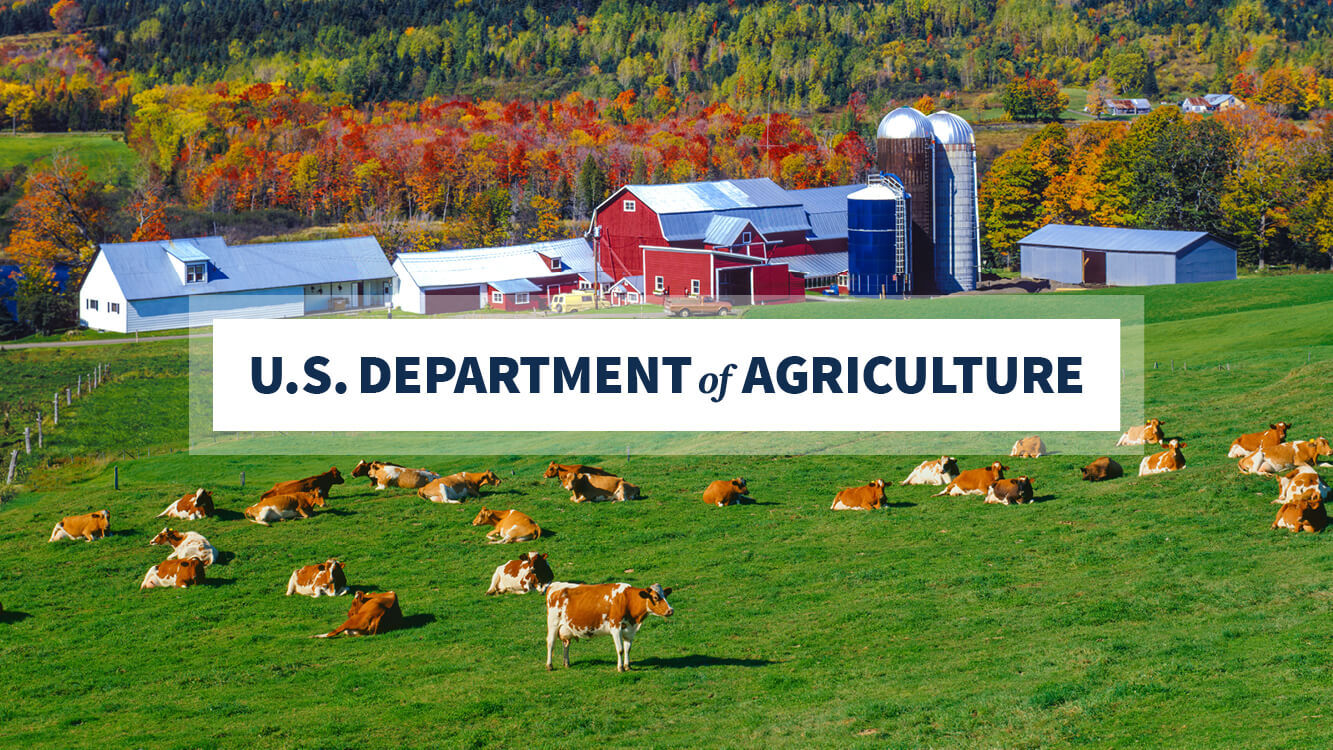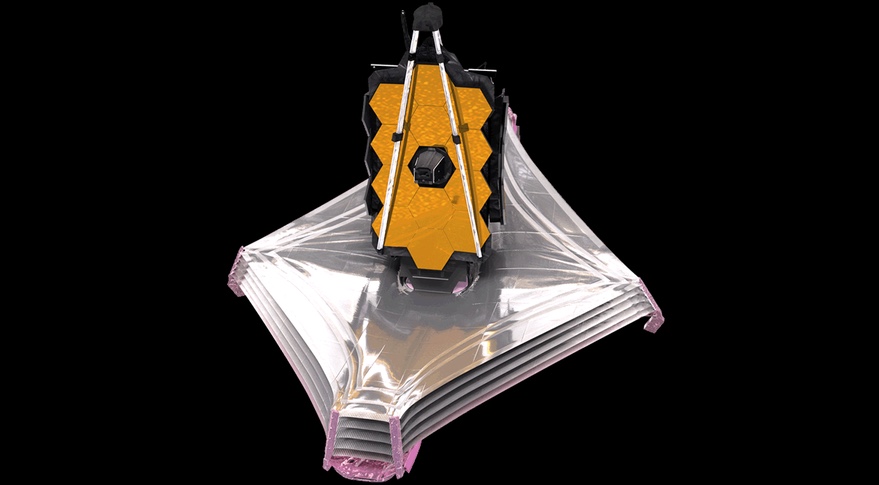As flu season approaches, Australians will be vaccinated against an influenza strain that hasn’t been detected in years.
Influenza vaccines are given – and generally updated – each year to protect against the most common strains of the virus.
The World Health Organization (WHO) and the Australian Influenza Vaccine Committee (AIVC) have recommended that one strain not seen for several years – called the B/Yamagata lineage – is no longer needed.
But the Australian Technical Advisory Group on Immunisation (ATAGI) has outlined in advice published earlier this month that it “supports the use” of vaccines continuing to include B/Yamagata in 2024.
An expert who works with the WHO said “it is still in the vaccine” this year – but stressed this will not affect vaccine safety.
What are the main types of influenza, and what is circulating?
Influenza (also called flu) is a contagious infection of the airways that affects people of all ages – especially babies, young children, pregnant women and people with underlying medical conditions.
There are two main types: influenza A and B, which are then categorised into different strains (or lineages), Professor Paul Griffin, an infectious diseases physician and clinical microbiologist from the University of Queensland told SBS News.
“When we look at the A’s, we look at the proteins on the surface to further categorise those … then we can give those numbers depending on where they’re from,” he said. “We often name the B’s after where they’re found.”
Professor Ian Barr, deputy director of the WHO Collaborating Centre for Reference and Research on Influenza at the Doherty Institute, said there are two types of influenza A viruses currently circulating in the human population: AH1N1 and AH3N2.
When it comes to influenza B viruses, he said the story is changing.
“For the last 20 years, we’ve had two different strains circulating in the human population [Victoria and Yamagata] which are slightly different.
“Since March 2020, one of those B components has disappeared or become extinct … Now, it looks like there are only three viruses that are currently circulating in the human population: the two A’s and the B/Victoria lineage.”
Yamagata and COVID: A test of “survival of the fittest”
Barr said this change happened during the COVID-19 pandemic.
“2020 was going along like a normal [flu] season and once COVID hit and all the restrictions came in, influenza circulation stopped dead in its tracks. That continued through 2021, and really only got going again when we opened the borders in 2022.”
He said this made it difficult for influenza to survive.
“Normally, it [works as] a cycle between the northern and southern hemisphere … bringing in new viruses and setting up epidemics every year. Unlike some of the other viruses, they don’t generally circulate around in the community all year round – they need to be refreshed,” he said.
“It was like a survival of the fittest – what we call a ‘bottleneck’ occurred. Only some viruses got through that bottleneck. The one that fell off was probably the least fit and in low circulation – they were the B/Yamagata viruses.”

Influenza circulation dropped during the COVID-19 pandemic. Credit: AAP
What do we know about this year’s flu vaccines?
Influenza vaccines come as a single shot covering several strains. A quadrivalent vaccine is designed to protect against four different strains: two influenza A and two influenza B viruses.
Last September, the WHO’s vaccine composition advisory committee recommended that the inclusion of B/Yamagata as a component of influenza vaccines “is no longer warranted” and that “every effort should be made to exclude it as soon as possible”.
In advice published on 1 March, ATAGI said this was also recommended by the Australian Influenza Vaccine Committee (AIVC) “as this lineage has not been seen for several years”.
“However, the quadrivalent vaccines available in Australia continue to include the B Yamagata component, and ATAGI supports the use of these vaccines in 2024,” ATAGI said.
Barr said this means we’re now looking to remove B/Yamagata from flu vaccines “because it is no longer circulating”.
“But all of that takes time… there wasn’t sufficient time after the September recommendation to remove that and have adequate supplies in Australia.
He said the safety profiles are “exactly the same – with or without it”.
Griffin agreed. “The important thing is … it’s thought it’s not going to undermine protection against the other elements. But because it’s [B/Yamagata] redundant, in the coming years, we probably won’t see that included anymore.”
According to Barr, “It will almost certainly come out of the vaccine” in time for next year.
When should I get the flu vaccine?
The federal health department recommends yearly influenza vaccines for everyone aged six months and over.
Barr expects new season flu vaccines will be available “within the next few weeks” through the private market.
According to the government’s website, vaccines under the NIP are expected to be available from April – but timing may differ across local areas.
“You should get your annual influenza vaccine anytime from April onwards to be protected for the peak flu season, which is generally June to September,” it says.
“The highest level of protection happens in the first three to four months following vaccination.”
Note: This article have been indexed to our site. We do not claim legitimacy, ownership or copyright of any of the content above. To see the article at original source Click Here












